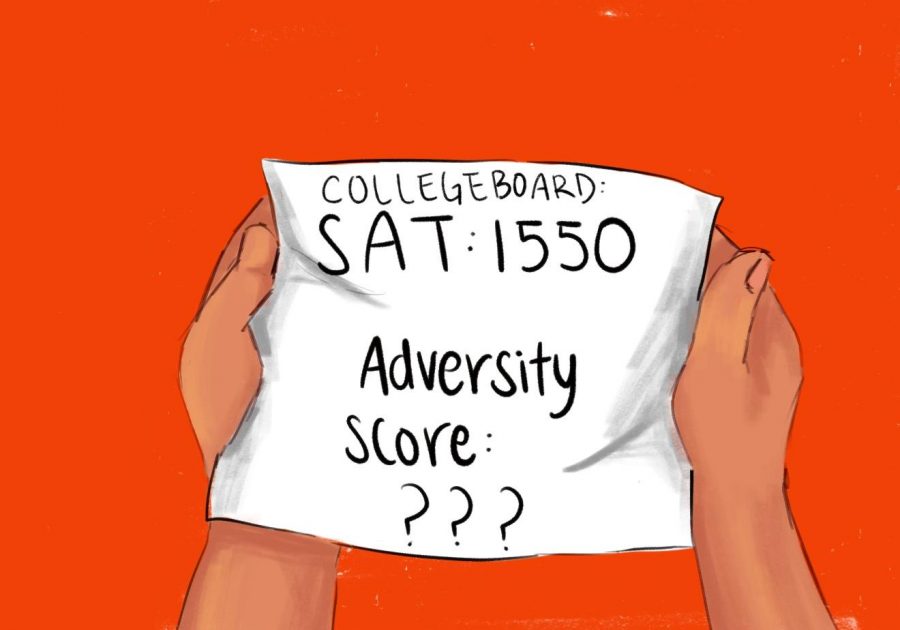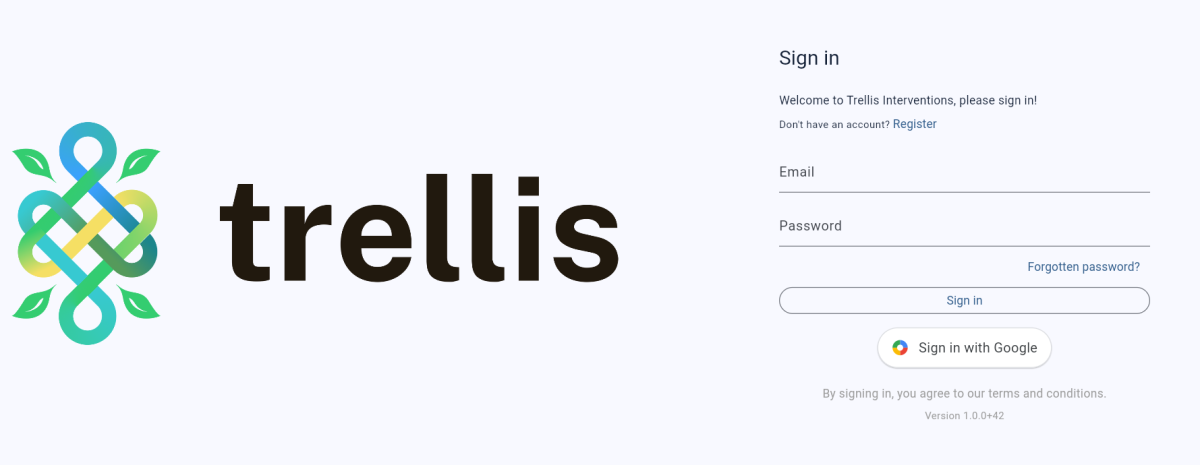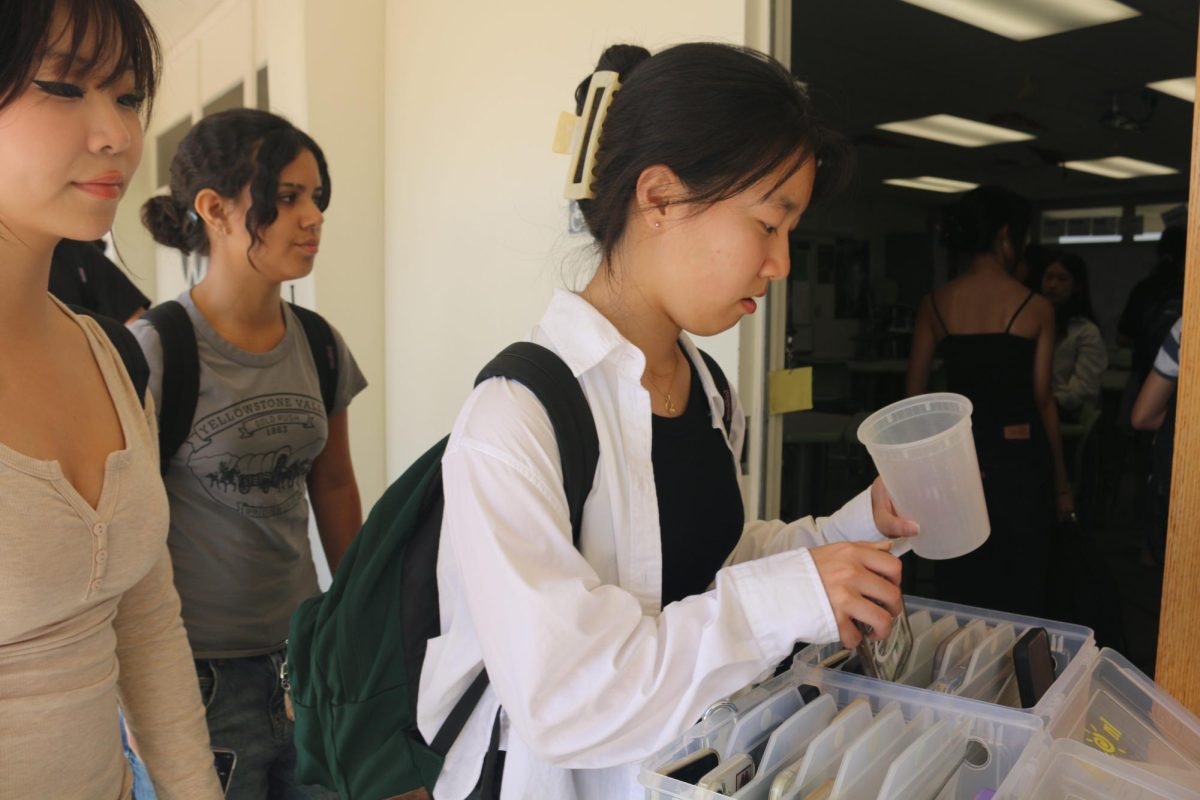On Aug. 27 after this story was posted, The Accolade learned that the College Board has on the same day decided to drop the adversity score report and will replace it with something called “Landscape.” According to the College Board, this new index will be visible for colleges and students who take the SAT (the adversity score was only available to colleges). It “will show how a student’s scores compare to those of others at the same high school,” according to an online article from The Hill.
More to follow from The Accolade about this latest development.
Many Sunny Hills students who took the Aug. 24 SAT — the first of the 2019-2020 school year — were unaware of a recent additional score that will contribute to college admissions decisions, but the few who knew about it weren’t too worried about its impact.
Announced near the end of the last school year in May, the College Board has created what it calls an SAT adversity score, a scale from 0 to 100 that rates students’ socioeconomic advantages and disadvantages.
The governing body that oversees not just the SAT but also Advanced Placement testing nationwide takes into account 31 factors over two categories — the student’s neighborhood and school — when calculating the score.
This number is then sent to colleges to put students’ SAT scores in the context of their socioeconomic standing. Students are not able to see their adversity scores from their College Board accounts.
Initially, 50 colleges — including Yale, University of Michigan and University of Texas, Austin — adopted the adversity score in their admissions process. However, College Board officials said May 16 that it would expand to 150 colleges as of fall this year and then to all colleges in 2020, according to Inside Higher Ed.
No information is available as of Aug. 26 the names of the 150 colleges.
Students’ adversity scores are only for college admissions officers to incorporate socioeconomic advantages or disadvantages into their admissions process and does not change the student’s SAT score, according to College Board.
“Merit is all about resourcefulness,” said David Coleman, chief executive of College Board, in an interview with the New York Times May 9. “This is about finding young people who do a great deal with what they’ve been given. It helps colleges see students who may not have scored as high, but when you look at the environment that they have emerged from, it is amazing.”
SH students who were aware of the adversity score agreed with Coleman’s assessment of this additional statistic for college admissions officers.
“I think maybe it’s commendable, like a step in the right direction,” said senior Scarlett Alcantara, who took the Aug. 24 SAT.
However, SH students are still concerned about how the adversity score numbers are calculated.
“I get the point [of the change,] but it’s really hard to calculate how hard someone else’s life is because [we don’t all have] the same standards,” Alcantara said. “What’s hard for one person may not be as hard for another person.”
The algorithm to the adversity score has not been released, leaving students in the dark about how the system works, but others are more worried about how fair the system really is and disagree with the idea of an adversity score.
“I don’t think it’s fair [that some students are] graded as “advantageous” when some of them aren’t as talented or have issues in their household,” said junior Ethan Nguyen, who isn’t taking the August 24 SAT but plans to take the PSAT. “[College Board] can’t just say because of your [circumstances,] you’re advantageous or disadvantageous and should be getting a better or worse score.”







![Students and staff across the Fullerton Joint Union High School District [FJUHSD] received emails promoting a part time job offer with pay. The messages were set from compromised FJUHSD accounts.](https://shhsaccolade.com/wp-content/uploads/2025/09/image1-2-1200x527.png)






